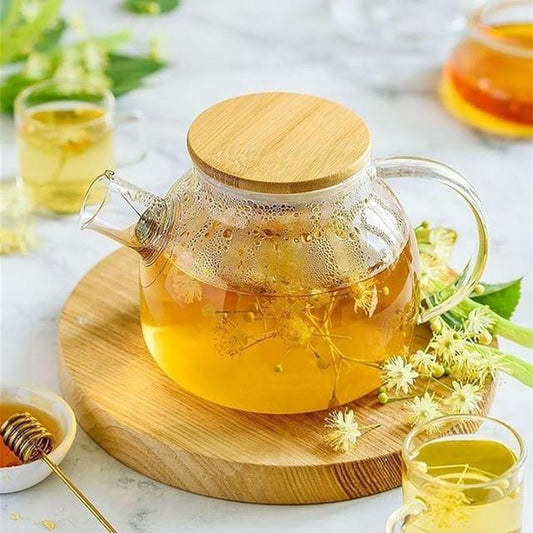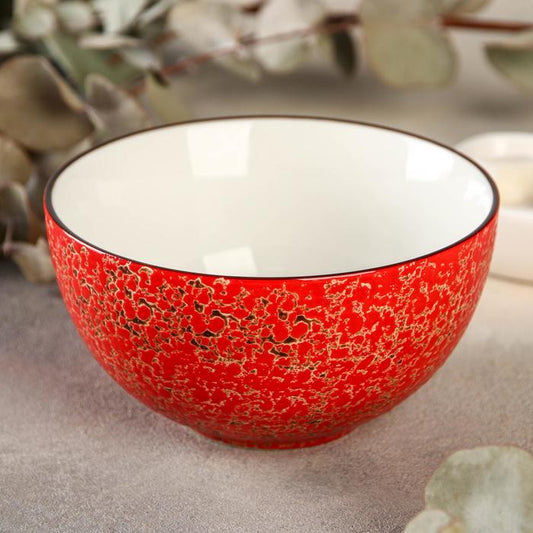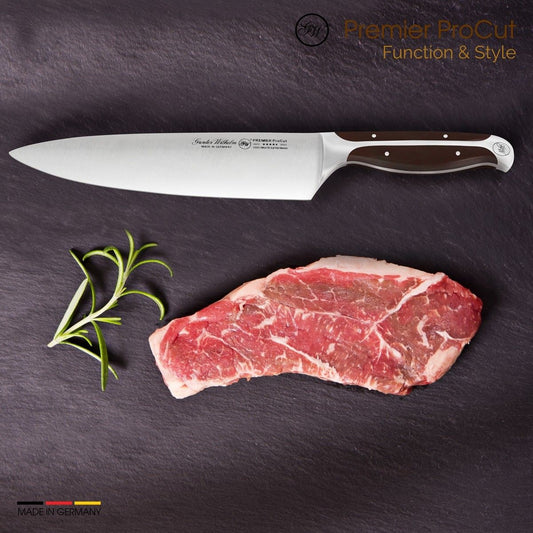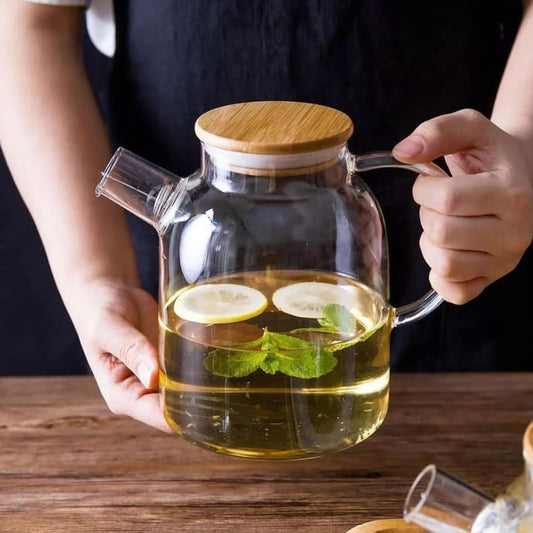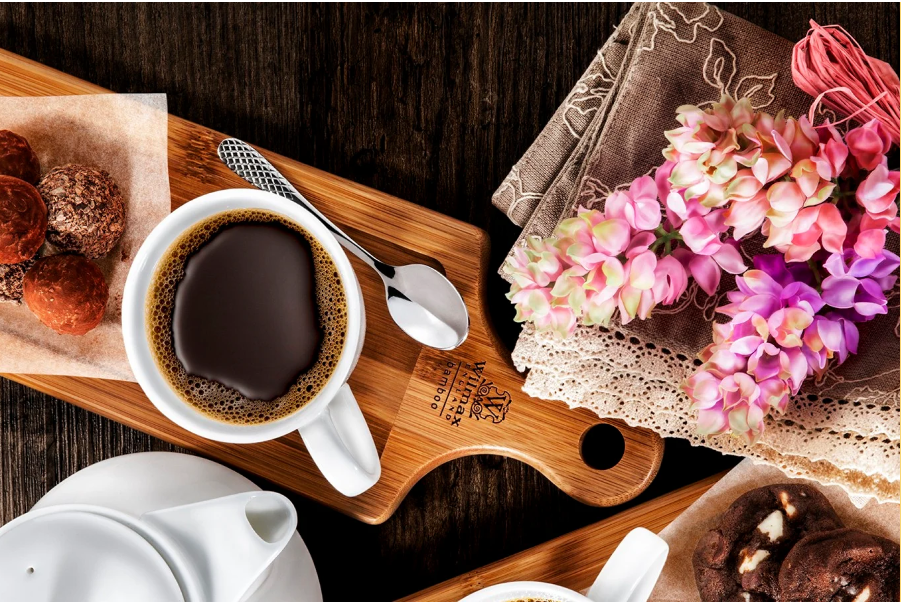Korean Comforts: Why Jjigae & Jeon Are the Next Global Comfort Foods
Hearty stews and savory pancakes are redefining comfort cuisine — fusing tradition, flavor, and global appeal in every bite.

As diners around the world crave meals that feel authentic, warm, and emotionally satisfying, Korean cuisine is stepping into the spotlight — not through fine dining or fusion fads, but through the quiet power of its comfort food. Dishes like jjigae (stews) and jeon (savory pancakes) are capturing global hearts, combining homestyle soul with deep, layered flavors that translate effortlessly across cultures.
From Home Kitchens to Michelin Plates
In Korea, jjigae isn’t a luxury — it’s a rhythm of daily life. Families gather around bubbling pots of kimchi jjigae or doenjang jjigae the way others might gather around a Sunday roast. But in New York, Paris, and London, those same dishes are appearing on chef-driven tasting menus, elevated with heirloom ingredients, artisanal tofu, or house-fermented pastes. What once simmered in modest clay pots is now gracing modern stoneware in restaurants that celebrate “new comfort dining.”
The appeal lies in depth and emotion. Korean comfort foods are inherently soulful — fermented, spicy, earthy, and slightly unpredictable. They carry generations of memory and survival, and that resonance translates even for those tasting it for the first time. The world is falling in love with that honesty on a plate.
Jeon: The Crispy Connection
While jjigae comforts the soul, jeon satisfies the senses. These savory pancakes — golden, crispy, and endlessly adaptable — have become an international favorite. Haemul pajeon (seafood and scallion pancake) and kimchi jeon now appear on menus from Melbourne to Madrid. They pair perfectly with a cold beer or a crisp white wine, offering both simplicity and sophistication.
Modern chefs are experimenting too: infusing truffle oil, using tempura batters, or serving mini-jeon as canapés. Some are even creating sweet dessert variations with honeyed batter and roasted nuts — proof that the category is expanding beyond its traditional form. The communal act of sharing jeon — slicing, dipping, passing — creates a table experience that feels both relaxed and elegant. That, in today’s dining culture, is luxury.
The Science of Comfort
Beyond nostalgia, there’s actual science behind why dishes like jjigae and jeon resonate globally. The combination of umami-rich broths, mild spice, and soft texture triggers satisfaction in the brain — what psychologists call “affective warmth.” Fermentation adds complexity and depth, while rice and tofu components deliver that “slow comfort” digestion associated with home-cooked meals.
As diners turn away from ultra-processed or performative “food-as-art” experiences, Korean comfort cuisine delivers something they can both trust and feel. It’s not just flavor — it’s familiarity.
Cultural Power and Global Curiosity
Korean food’s global ascent isn’t happening in isolation. The Hallyu wave — from K-pop to K-dramas — has opened a global appetite for Korean aesthetics, storytelling, and daily rituals. A cozy stew seen in a Netflix K-drama can inspire a viral TikTok recipe or a pop-up restaurant in Los Angeles. Culture and cuisine are moving hand in hand.
“People don’t just want to eat Korean food; they want to feel part of its story,” notes Seoul-born chef Min-ji Park, who runs a fusion restaurant in Toronto. “Jjigae isn’t just a dish — it’s a feeling of warmth, of coming home, even if it’s your first time tasting it.”
Sustainability Through Simplicity
There’s also a sustainability story here. Korean comfort foods often rely on humble ingredients — fermented vegetables, local seafood, soy, and seasonal produce. They emphasize balance and waste reduction, using every part of the ingredient. As more chefs embrace low-waste cooking and regenerative sourcing, jjigae and jeon fit perfectly into this eco-conscious era of gastronomy.
The Future of Comfort Dining
As global dining evolves toward warmth, storytelling, and shared experience, Korean comfort foods are positioned at the center of that movement. Restaurants from Seoul to San Francisco are embracing the philosophy behind them: that true luxury isn’t about excess — it’s about belonging, balance, and care.
Whether it’s the steam rising from a bubbling clay pot or the sound of a crispy jeon hitting the pan, Korean comfort foods remind us that food doesn’t need to impress — it just needs to connect. And that connection, now more than ever, is what the world is hungry for.
Share:

